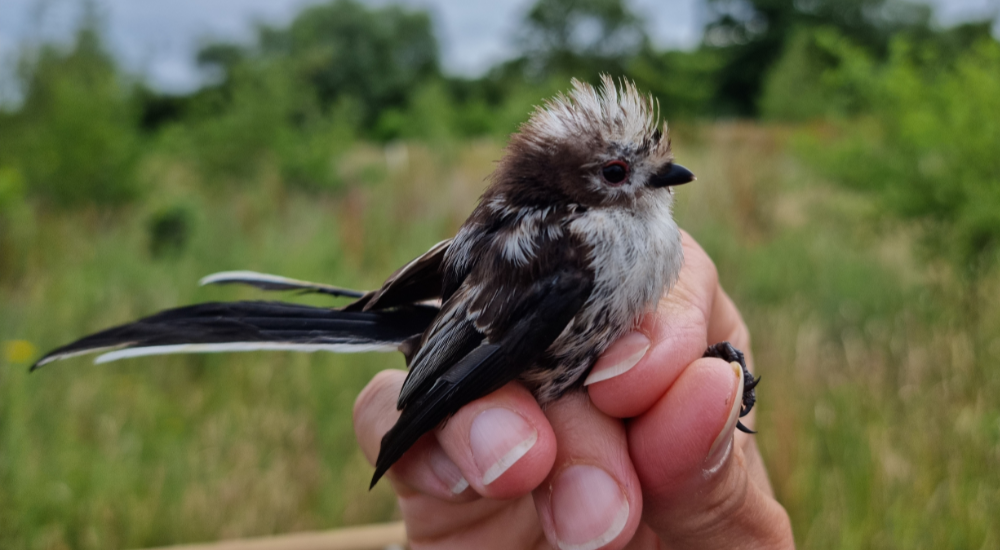
BioBlitz 2023: The results
In a 24-hour period between the 30th June and the 1st July, our third BioBlitz event took place in the Forest at Noleham Wood, Giddings Wood and Low Furrow Wood. Over 350 different species were recorded including birds, bats, amphibians, molluscs, odonata and plants.
Recording wildlife in the Forest
A BioBlitz is a race against the clock to discover as many species of plants, animals, and fungi as possible, within a set location, over a defined period (usually 24 hours).
Our first BioBlitz was held in July 2021 at Spernal and Alne Wood, and our second followed in June last year at College Wood. This year was our first BioBlitz in the Dorsington area of the Forest and the Forest team were joined once again by members of the public and wildlife experts to help create another extraordinary snapshot of the rich biodiversity we have.
Despite the greyer and windier weather we had this year compared to our previous BioBlitz events, a total of 356 species were recorded across Noleham Wood, Giddings Wood and Low Furrow Wood - a fantastic result.
An irreplaceable habitat
One of our survey sites at this year’s BioBlitz was the pond at Low Furrow Wood. This is a pond with a floating vegetation mat and a moss layer – a habitat which has been recently recognised as irreplaceable.
As part of the Government’s 25 Year Environment Plan, irreplaceable habitats (habitats which cannot be replicated within 100 years) are now protected under the Environment Act 2021. Originally, ponds were not going to be included as they can be easily created, however this was fought and argued by Freshwater Habitats Trust and Natural England. Now any ponds that have been formed through ice-age processes, and those with long established floating vegetation mats and moss layers, are now recognised and protected by law as irreplaceable habitats.
Expert Will Watson, an ecologist specialising in pond invertebrates who co-led the pond invertebrate survey at the BioBlitz this year, informed us of the status of our pond at Low Furrow Wood, which is a tremendous discovery.
Bats
Species recorded: 5
Brown long-eared and the water-skimming Daubenton’s bats were both detected. The highlight was at least two very showy noctules at the start of the walk. Soprano and common pipistrelles were also heard.
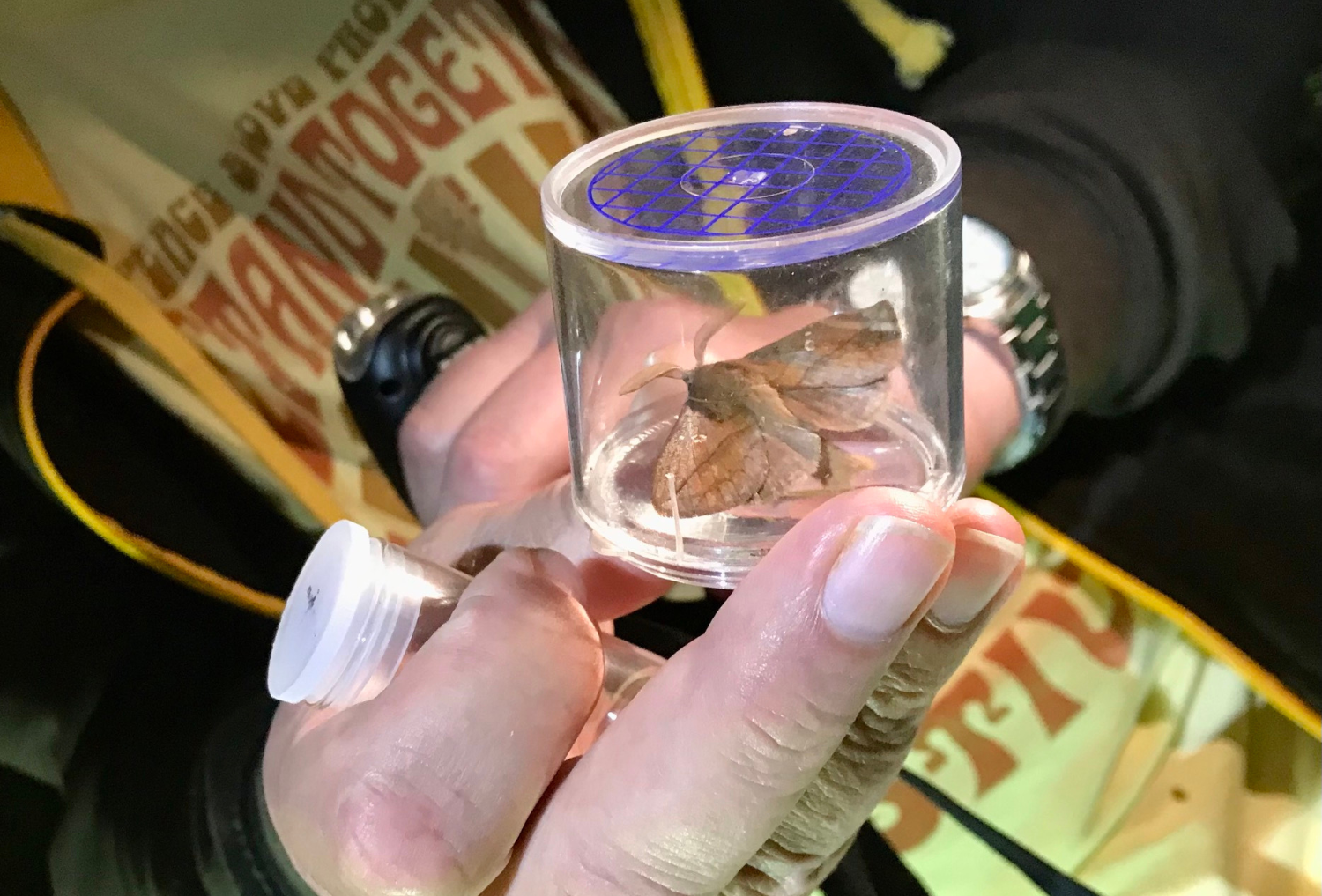
Moths
Species recorded: 131
A massive total of 93 macro-moth species were recorded, a total we usually only get from our ancient woodlands on a good night, highlighting that our younger ones make for great habitat too! The most interesting species found was the Kent black arches. As the name suggests, this moth is primarily found in the southeast of the UK, and this was one of the first 25 records in Warwickshire. Interestingly, the species has been noted at several sites in Warwickshire this year, suggesting that it is very rapidly spreading northward. Six-spot, five-spot and narrow-bordered five-spot burnets were also recorded.

Birds
Species recorded: 34
Red List species of birds were recorded, including swifts and house martins catching insects over our woodland, skylarks in the grassland, and yellowhammers calling in the hedgerows. Red List is the global conservation status of a species that has had its conservation status assessed and categorised as either Extinct, Extinct in the Wild, Critically Endangered, Endangered, Vulnerable, Near Threatened or Least Concern or Data Deficient.
The area clearly had a very healthy number of singing whitethroats and song thrushes (both Amber List species), as well as goldfinch. A barn owl was also seen by ornithology experts Tony and Leigh Kelly early in the morning. The bird ringing session caught a total of 25 birds from 10 different species (blackbird, blackcap, blue tit, chiffchaff, goldfinch, great tit, long-tailed tit, robin, whitethroat, and willow warbler). Of these, the Amber Listed willow warbler was probably the best bird caught and confirmed on site.
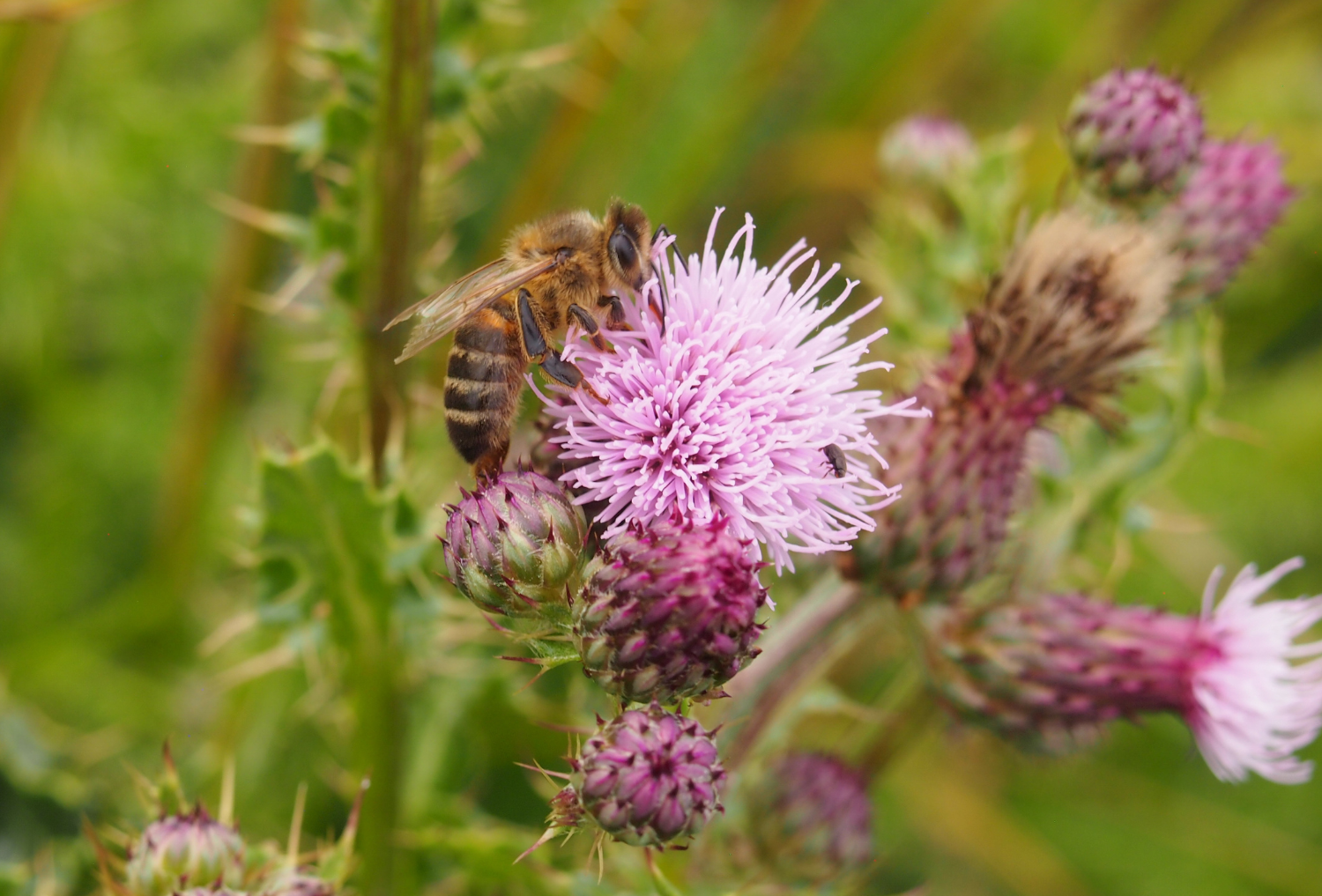
Bees, grasshoppers, and crickets
Species recorded: 8
Four species of bees were seen: buff-tailed, red-tailed and white-tailed bumblebees, as well as the honeybee. Three crickets: the long-winged conehead, Roesel’s bush cricket, and speckled bush-cricket, and one grasshopper: the meadow grasshopper, were all seen during the invertebrate survey.

Butterflies
Species recorded: 16
A purple hairstreak was very briefly seen flitting around in the canopy of an oak, and both Essex and small skipper were recorded. All other species were common but seen in good numbers, especially meadow brown and marbled white in the meadows.

Plants
Species recorded: 96
Although no rare plants were found, the plant survey did find the flowering grassland plants - lady’s bedstraw, common knapweed, and common bird’s-foot-trefoil - to be locally abundant on the ridge and furrow fields near Noleham Brook, and covered with marbled white butterflies and six-spot burnet moths.
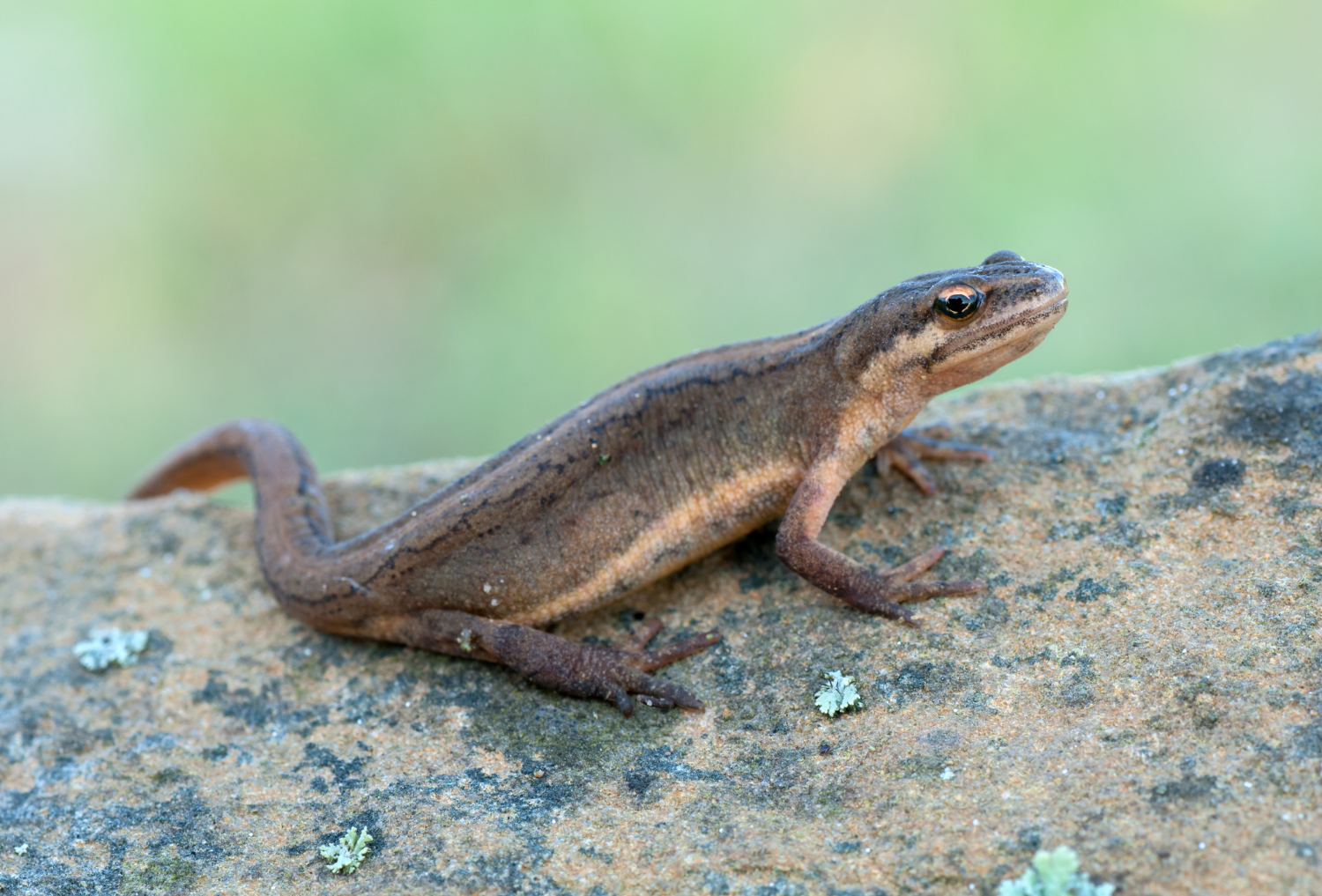
Amphibians
Species recorded: 2
Great crested newts, a European Protected Species, were confirmed as breeding for the third BioBlitz running, with efts seen in the Low Furrows Wood Pond. Smooth newts were also seen in this pond.
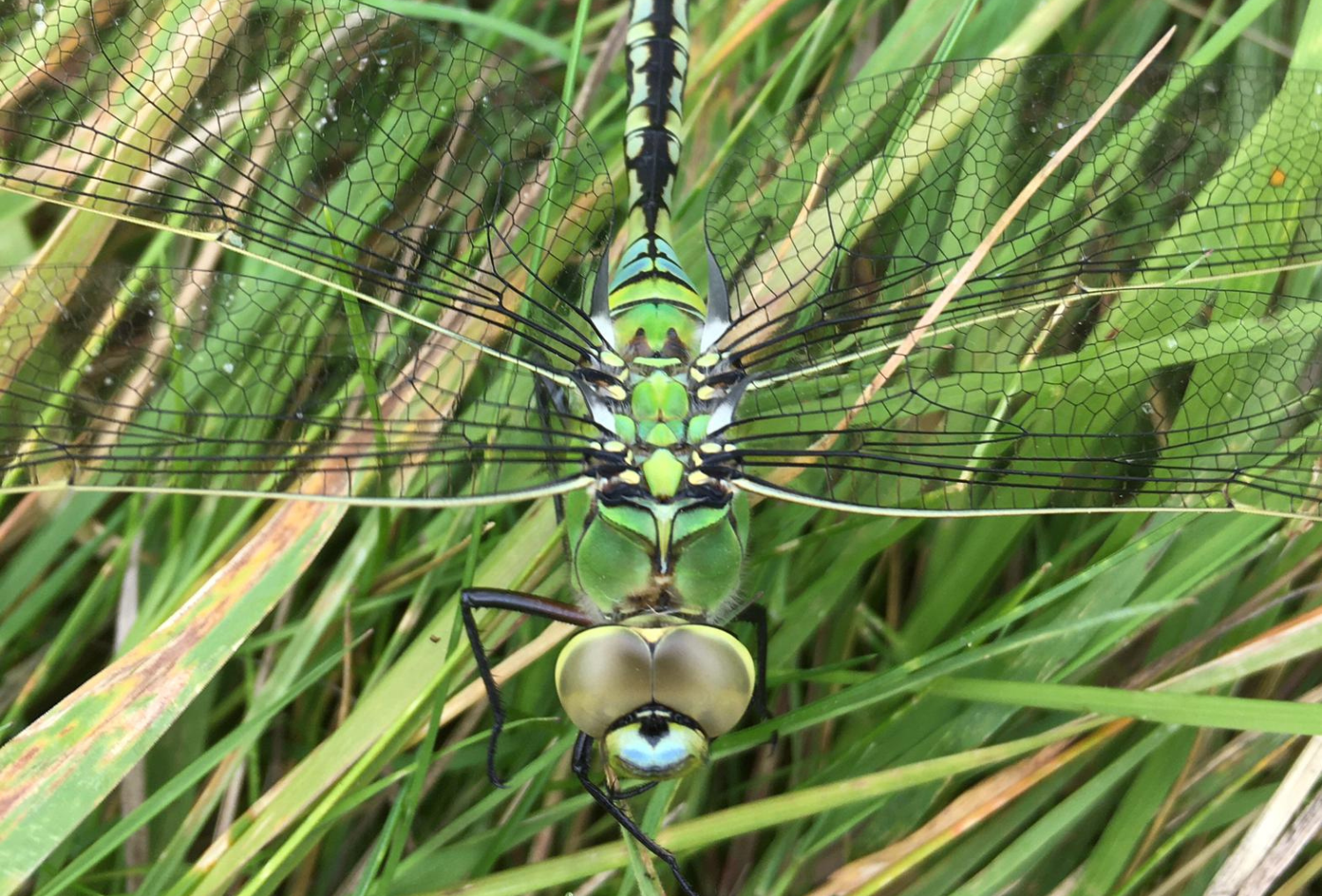
Dragonflies and damselflies
Species recorded: 4
Both banded and beautiful demoiselle were seen, as well as blue-tailed damselfly and emperor dragonfly.

Beetles
Species recorded: 24
Many of these species were common water beetles recorded in a previous Bioblitz like Helophorus brevipalpis, Agabus bipustulatus and Colybetes fuscus. Terrestrial beetles included the red cardinal beetle, harlequin ladybird, and seven-spot ladybird.
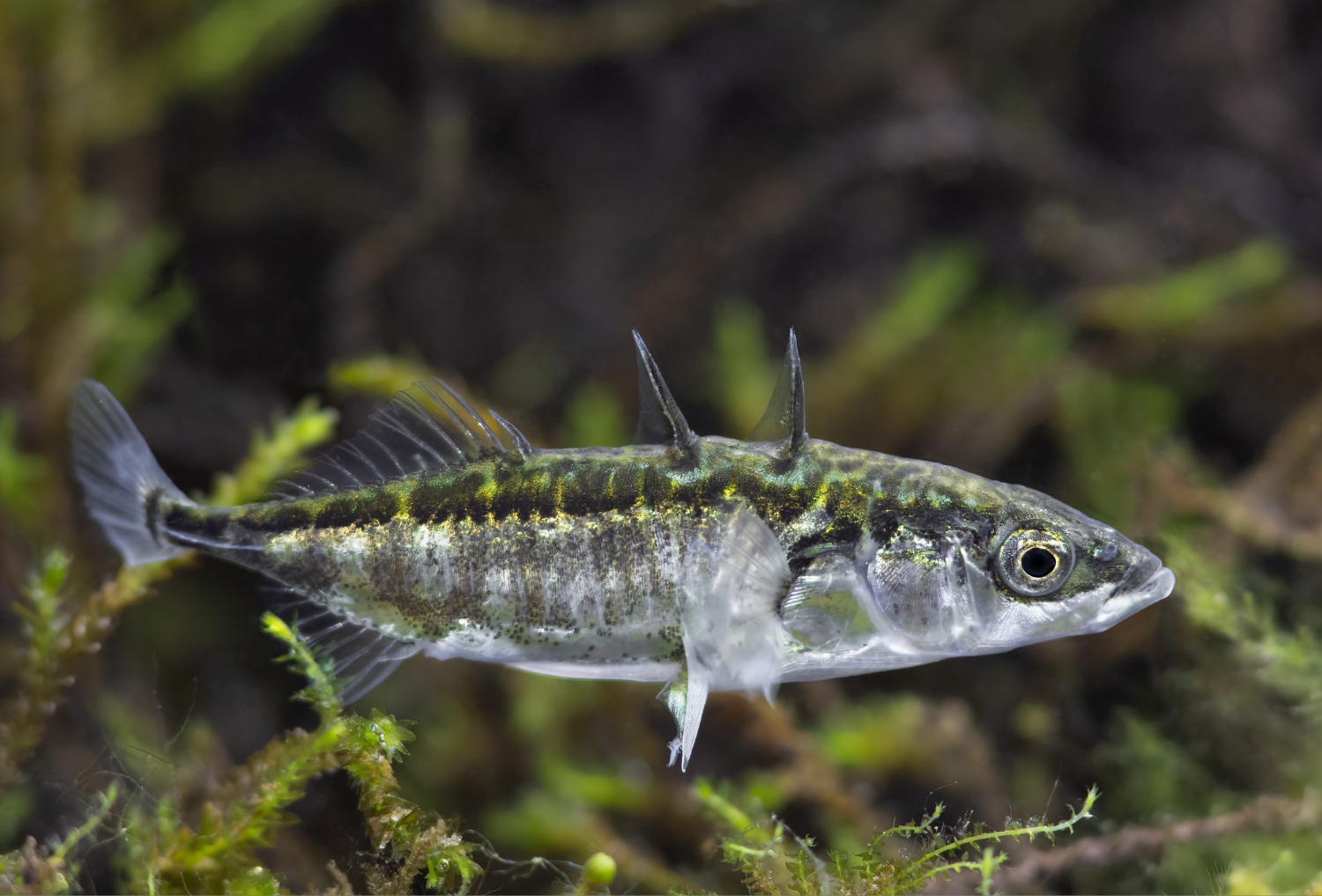
Fish
Species recorded: 1
Three-spined stickleback were found in the stream during the afternoon pond survey in Noleham Brook.
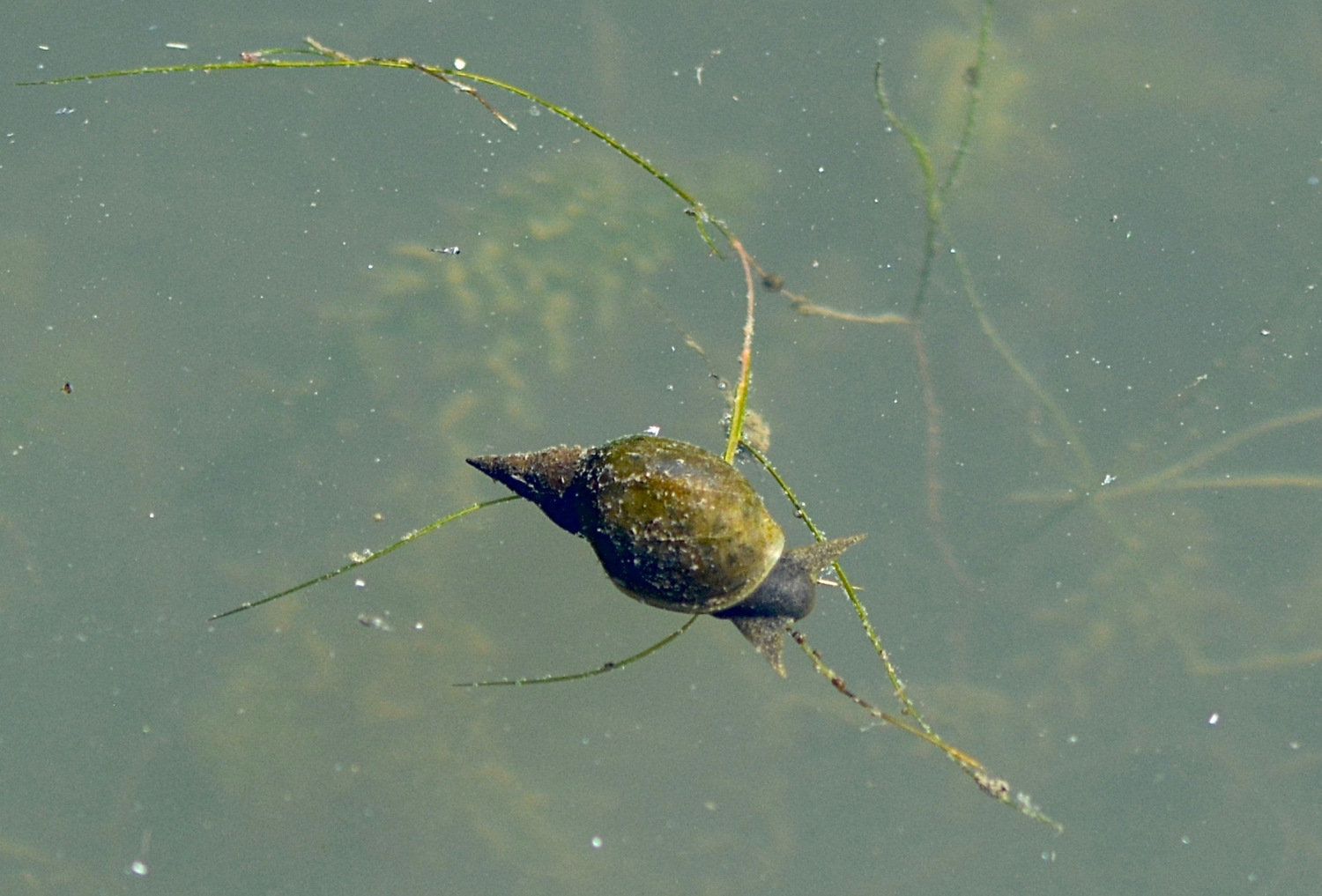
Molluscs
Species recorded: 4
Four aquatic snails were seen – the flat ram’s-horn, whirlpool ram’s-horn, white gyro, and wandering snail.
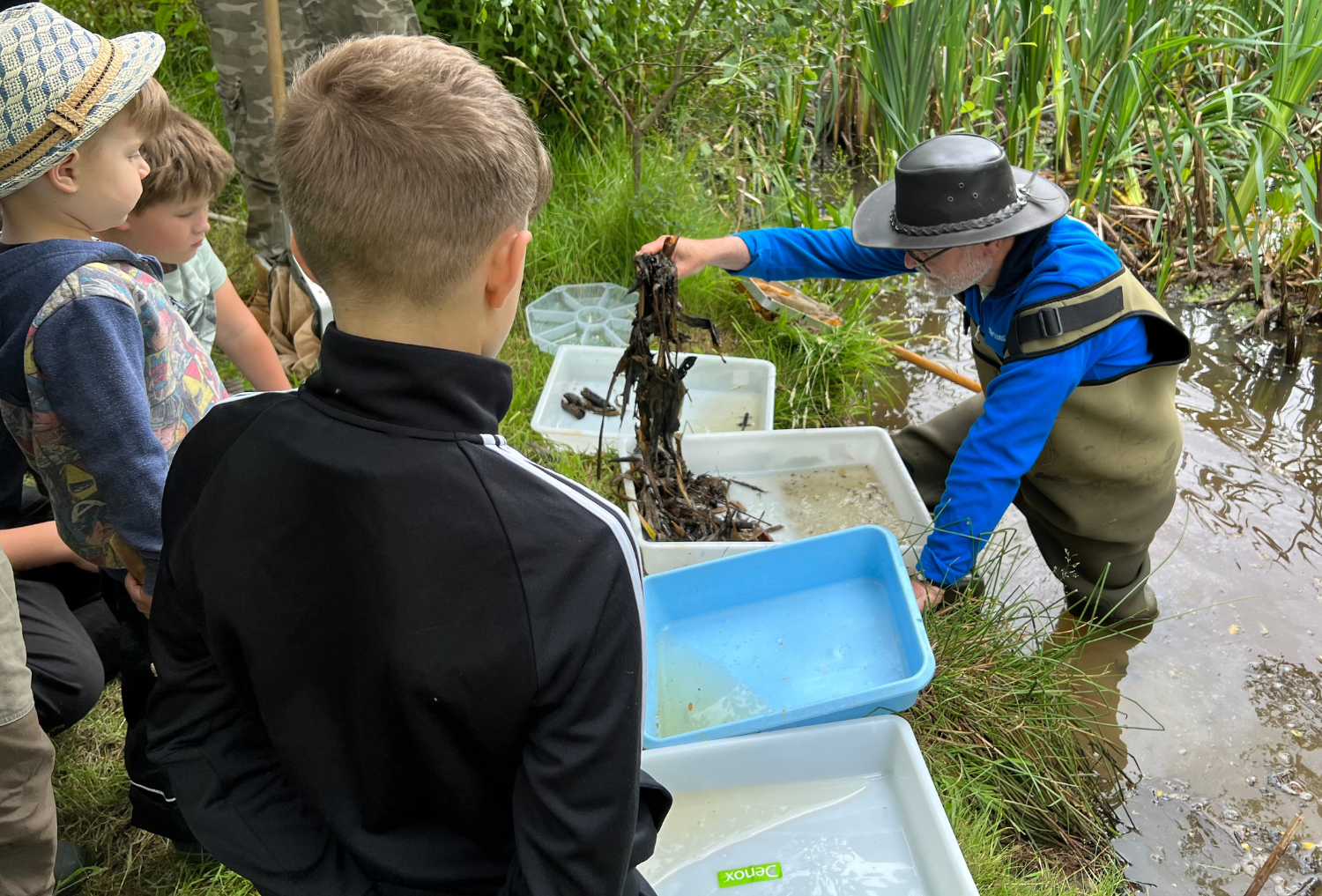
Other invertebrates
Species recorded: 31
One amphipod shrimp Crangonyx pseudogracilis was found; it is non-native but found very commonly in ponds across England. One water flea Daphnia and one water springtail Podura aquatica were also found during the pond invertebrate surveys. Four flies were found, of these four, three were hoverflies, including the attractive Xanthogramma pedissequum. Two of the fly species were recorded as larvae in the pond surveys: a Chironmus species of midge (as a bloodworm) and one of the dronefly Eristalis species of hoverfly (as a rat-tailed maggot).
Other aquatic species found included water scorpion, both lesser and greater water boatmen, the saucer bug, and an aquatic isopod – the water hoglouse.
Altogether, six isopods (including five woodlice) were found including the Rathke’s woodlouse by Noleham Brook; this is one of less than five records for this species in Warwickshire and a new one to this area of the county. The larvae for an alderfly Sialis species of woodlouse was found as well as one centipede Lithobius melanops and one lacewing – specifically the common green lacewing.
Two spiders including the four-spot orb weaver and one of the pirate spiders were spotted between the invertebrate and pond surveys, and 13 true bugs were also found - these included a mix of terrestrial and aquatic species. Of the former, two shieldbugs (birch and hairy shieldbug) were spotted, as well as common froghopper and dock bug.
Creating a Forest for wildlife
If you want to get hands-on in nature and take part in wildlife surveys, why not volunteer with the Forest?




